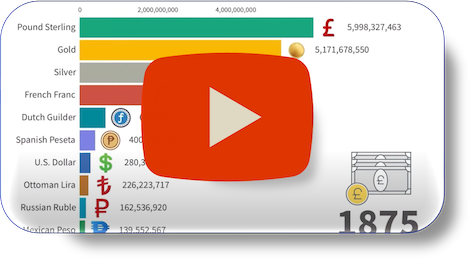How to plan for a better retirement
Many investors concentrate on accumulating wealth during their working lives to pay or help pay for their retirement, yet don’t give enough attention to planning for a retirement that may last 25 years or longer.

A lack of retirement planning makes retirees more financially vulnerable than necessary in numerous ways.
The possibility of outliving retirement savings, overreacting to higher market volatility (as we are now experiencing), holding inappropriately-diversified portfolios and having insufficient savings set aside for unexpected costs, are a few of their potential financial vulnerabilities.
Some retirees who have not properly planned for retirement may have underestimated the amount required to finance their anticipated lifestyles, yet others may be living too frugally given their financial needs.
A recently-published research paper, Vanguard’s roadmap to financial security: A framework for decision-making in retirement*, suggests a practical approach for creating a retirement plan that aligns with retirees’ often-unique goals while mitigating their risks.
The retirement roadmap is based on the overall objective of obtaining financial security in retirement if possible. The report defines this financial security in the broad sense of gaining “peace of mind”: the point where retirees are confident that they have reached their financial goals and can continue to meet these goals in the future.
This is more than simply having a specific amount of income each month and/or having their portfolios continuing to grow in value. It has a strong emphasis on a retiree’s personal circumstances.
The research paper’s framework for moving towards financial security or financial peace of mind in retirement has four main elements:
Determine your retirement goals: These goals typically include having enough income to pay for basic living expenses, a contingency reserve (such as for medical treatment, home repairs and aged care) and discretionary spending (such as eating out and holidays). And you may plan to leave an inheritance. Once your goals are listed, retirees can then prioritise their importance.
Understand your risks: These include market risk, health risk, longevity and mortality risk, event risk (again such as medical treatment, home repairs and aged care), and tax and policy risk (changes to government policies and health care coverage). The research suggests that these risks should be addressed in the context of their impact on achieving their retirement goals.
Assess your available financial resources: This will help ensure that your capital is used as efficiently as possible. Financial resources include superannuation and non-superannuation savings, age pension if eligible, annuities, insurance, housing wealth, insurance, and any additional income if planning to work in retirement.
Develop a plan to achieve your goals and mitigate your risks: This is a matter of bringing together the various elements of your retirement planning. As the report comments: “The right mix of resources should be tailored each household or individual. It should take into account the relative importance of competing goals and the risks that a retiree may be susceptible or sensitive to.”
Few financial retirement goals matter more than obtaining peace of mind, keeping in mind that retirement could last at least a quarter of our lives.
*Vanguard’s roadmap to financial security: A framework for decision-making in retirement by Colleen Jaconetti, Jonathan Kahler, Kelly McShane and Nathan Zahm.
Written by Robin Bowerman
Head of Corporate Affairs at Vanguard
17 April 2018
www.vanguardinvestments.com.au























